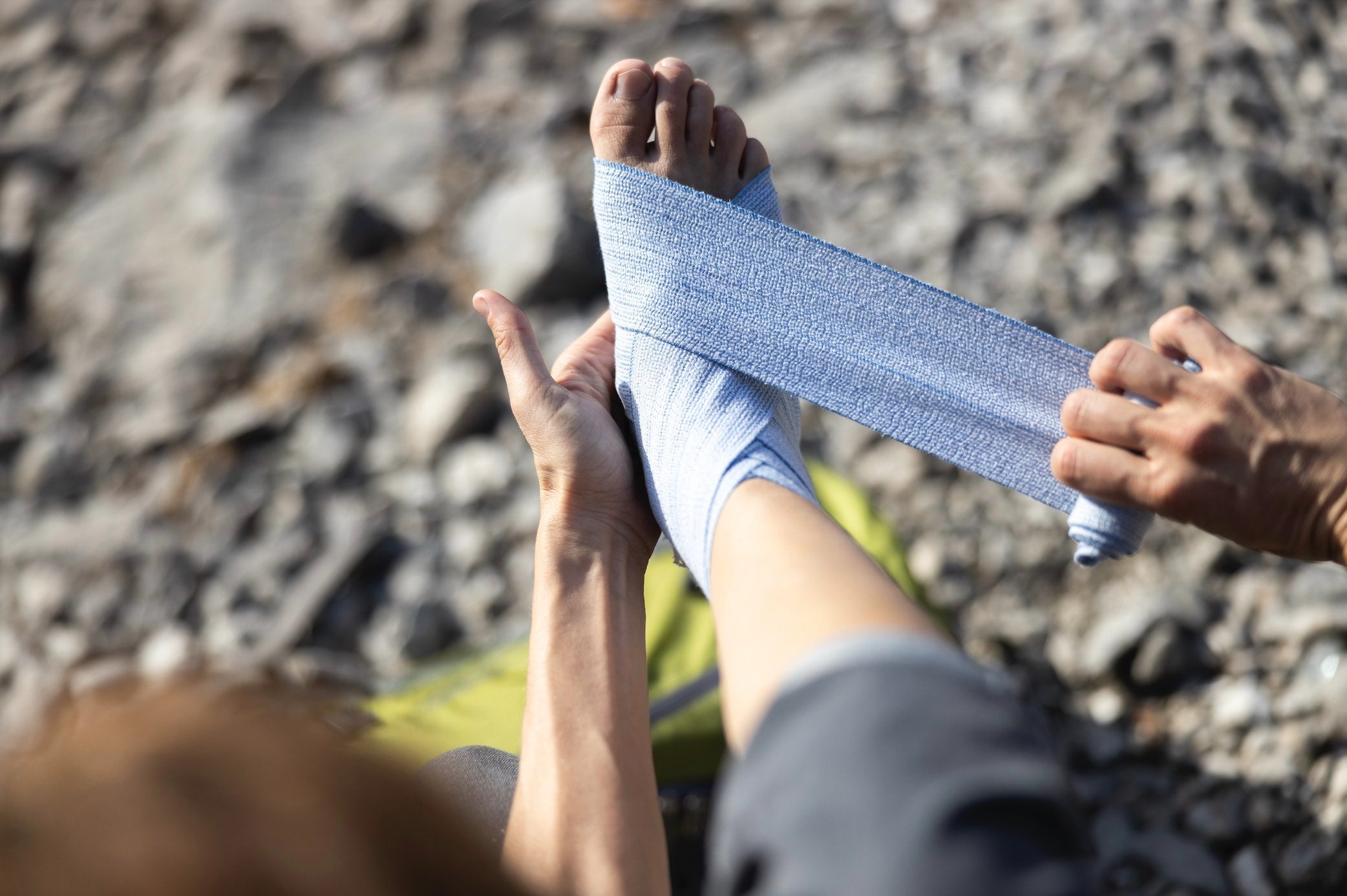As a brand leader or retailer, how concerned are you about the quality of care your customers receive when facing a medical emergency in the backcountry?
While the guides and educators who facilitate backcountry experiences are mostly all credentialed as Wilderness First Responders, you may be surprised to know that none of the training they receive is regulated. Not a bit of it adheres to commonly accepted or agreed upon industry standards that should govern what’s being taught or how wilderness medicine education and training is delivered in support of outfitters, guides, outdoor education organizations, and the millions of consumers they serve every year.
Compare that to the certification that emergency medical technicians (EMTs) receive. EMT certification is regulated on a state-by-state level that meets minimum requirements set by the National Highway Traffic Safety Administration.
Wilderness medicine training, while loosely adhering to a similar curriculum, is officially overseen by, well, no one. Yes, there are several organizations that have attempted to fill the void. The nonprofit Wilderness Medical Society (WMS) provides three types of advanced wilderness medicine-related certification. The Association for Experiential Education (AEE) developed comprehensive standards for common practices in the adventure education industry. And then there’s the Wilderness Medicine Collaborative, the first organization to take a stab at creating standards—which never went anywhere.
What’s clear to me is this: standardization and regulation are necessary to ensure the quality and reputation of the outdoor industry. What’s not so clear is how it can be implemented and the impact it would have on the wilderness medicine education sector.
Setting up and enforcing standards would require close collaboration among the industry’s leading organizations and employers. We could look to state governing bodies that have already standardized testing and curricula in emergency medical services for guidance.
And while I’m not a big advocate of state regulation, looking to the states for minimal competency levels might help us bring standardization to a curriculum. For example, a Wilderness First Responder trained at one institution could be expected to have learned the same material and developed the same skills as one trained elsewhere.
Are there drawbacks to state standards and regulations? Of course. For one thing, new ideas and innovations often take years to make it into a curriculum, and the resulting state standards are often set low to avoid resistance and pushback.
As an organization that offers wilderness medicine education and certification to students across the nation, we at The National Center for Outdoor & ���ϳԹ��� Education believe common standards will make it easier to evaluate job candidates. Such standards would ensure quality care provided in remote and wilderness settings regardless of where the responder was trained.
But the question remains: Who will carry the burden of setting and administering these standards? An easy pick would be the AEE, the WMS, or the American Camp Association—all of which already have robust administrative, education, and credentialing experience. For one thing, accreditation is already in these groups’ wheelhouse; most wilderness programming organizations look to them for guidance, networking, education, and more, and each has figured out how to monetize their operations while serving the needs of the outdoor industry at large.
By taking cues from the AEE in the outdoor education field, and the American Camp Association in the camp sector, we stand a better chance of establishing standards we all can live with.
What is not acceptable is continuing to kick the can down the trail.
Zac Adair, a certified Wilderness EMT and wilderness medicine instructor, is the co-founder and executive director of The National Center for Outdoor & ���ϳԹ��� Education.


